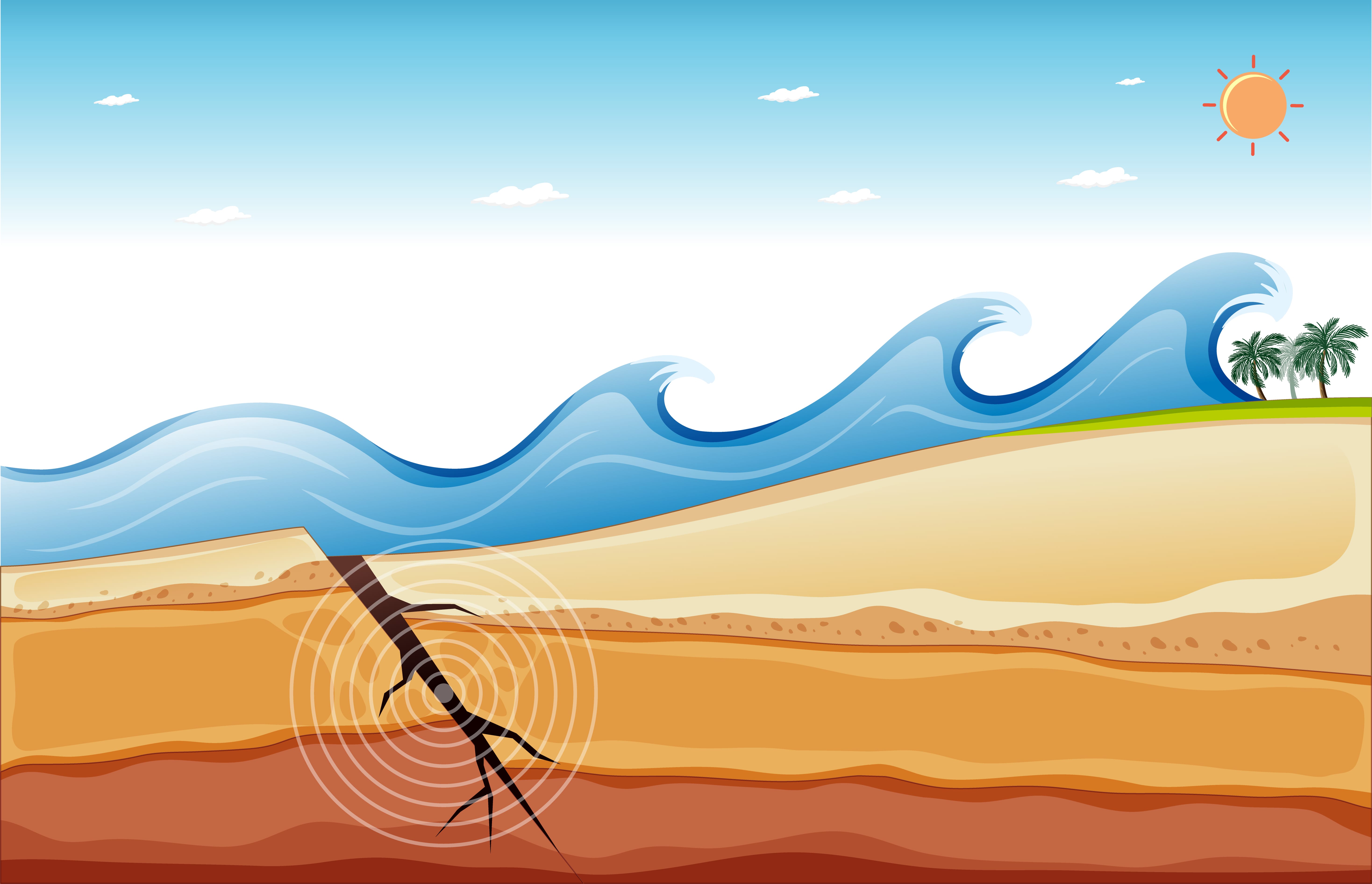Parenting(Age 5 to 8) | Jan 24, 2022
Wave Phenomenon Definition and Examples

When a vibration moves through a substance, a medium or any empty substance is called a wave phenomenon. A wave conveys information or energy from one place to another in the form of signals, but no physical object is involved in the process. The frequency of a wave is calculated by including a time element in the equation. We rely entirely on waves for all of our wireless communications.
There are three types of waves given as-
- Electromagnetic waves
Electromagnetic waves are waves that can travel through light waves, X-rays, radio waves, and microwaves. These waves are actually formed when electric and magnetic fields are fused together. We can see all the colors because of electromagnetic waves.
Electromagnetic waves do not require any medium to travel and hence they can travel through a vacuum. All seven electromagnetic waves present around us travel at the same speed.
There are different types of electromagnetic radiation-
|
S. no. |
Name of the wave |
Example |
|
1. |
Radio waves |
Used to broadcast radio and television |
|
2. |
microwaves |
Used in cooking |
|
3. |
infrared |
Transmit heat from sun, fires |
|
4. |
Visible light |
Makes things able to be seen |
|
5. |
Ultraviolet |
Absorbed by the skin |
|
6. |
X rays |
Used to view inside of bodies |
|
7. |
Gamma rays |
Used in medicine for killing cancer cells |
- Mechanical waves
These waves are those waves that oscillate and are solely responsible for the transfer of energy through any medium. The wave's propagation distance is restricted by the medium of transmission. In this example, the oscillating material revolves around a fixed point with negligible translational motion. The way mechanical waves are measured, which is supplied by displacement divided by wavelength, is a fascinating characteristic. When this dimensionless factor is 1, harmonic effects are generated; for example, waves break on the beach when this factor surpasses 1, resulting in turbulence.
There are generally two types of waves given as -
- Longitudinal waves
The movement of particles in this type of wave is parallel to the motion of energy. In other words, the displacement of the medium is in the same direction in which the wave is moving. Example- sound waves, pressure waves, etc.
- Transverse waves are those waves in which the movement of particles is generally perpendicular to the motion of energy and that is the only reason it’s called transverse waves. Light is a good example of wave motion.
The water waves are the best examples of the combination of transverse and longitudinal waves.
- Mattar waves
Matter waves, an example of wave-particle duality, are an important aspect of quantum mechanics theory. All stuff behaves in a wave-like manner. A beam of electrons, for example, can be diffracted in the same way as a light beam or a water wave can. However, in most circumstances, the wavelength is too tiny to have a meaningful influence on daily operations.
In 1924, French scientist Louis de Broglie introduced the idea that matter behaves like a wave. It is also known as the de Broglie theory. [1] Matter waves are known as de Broglie waves.
The de Broglie wavelength is connected with a heavy particle (a particle with mass as opposed to a mass less particle) and is related to its momentum, p, via the Planck constant, h:
Want access to expert academic guidance — for free? When you create your free Vnaya account, you will have an option to ask a Question, Book a Demo session, talk to our Academic Experts, and get Professional Parenting Support —all for Free! Our Academic Counselor will help you learn how to improve your academic performance by assessing your learning style and curating a personalized lesson plan for you!
Sign up for your Vnaya account today to get a boost on your academic quest.
















Post a Comment: